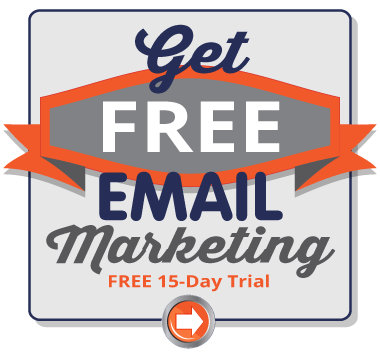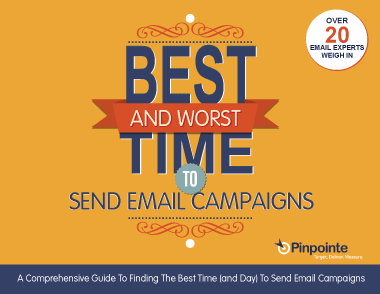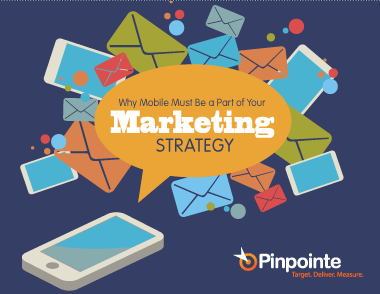Email personalization is everywhere around us in marketing, especially in email marketing. There have been many takes on email list segmentation already, with a focus on stats and technology. We’re going to look at things a little differently now and focus on the psychographics of segmentation.
Get ready for the ‘dark arts’ of marketing and how they’re being used on you already.
What Is Psychographics?
Psychographics is the study and classification of people according to certain qualities and criteria, such as their attitudes, aspirations, or personality. These elements include their values and expressions as well as things like habits and hobbies. It can include some elements that may be hard to define, such as overall lifestyle and social class categories.
The goal is to explain why your customer is your customer.
This is different from demographic data (age, location, income, relationship status, etc.) that aims to define who your customer is.
Why Use Psychographics?
Think of your best customer. Now, ask yourself why they are your best customer.
The answer isn’t as simple as the fact that they buy from you often. There’s something about that individual or company that makes them come back to you. Psychographics is an attempt to discover the why behind it.
Learning about this person and creating a larger profile helps you target similar customers. If you get it right, they’ll be more inclined to buy from you and be high-quality customers. The goal is to dive deep.
For instance, let’s say you’re an exercise brand. Your existing customers are most likely to be in their mid-to-late 30s. With a deeper psychographic profile, you might discover that they’re concerned about their appearance, single but hoping to start a family, believe in personal responsibility, and interested in moving back to where they grew up.
If your equipment pairs well with current diets, you may be able to use the psychographic information to target people who are just wanting to learn about a new diet and how to create long-lasting healthy habits. They’ll respond positively to messages around empowerment and family.
And, if you have their birthday information, you can even try to segment some of your list to reconnecting with friends and maybe an old flame at a 20-year high school reunion. You know that they want a family and are longing to move back home. So, your messaging could also focus on looking and feeling your best so that they’re returning home as a success.
Deeper, personalized messages are designed to connect.
Surveys and Signups
The best way to start building psychographic profiles is to research your industry and send out surveys to existing customers. Ask them about big-picture motivations and personal choices, not favorite colors. Trade a reward for a longer survey and build up a big database of character traits.
You can also introduce this information when someone signs up for your service or eNewsletter. This can be done directly or indirectly. If you’re getting signups from ad campaigns or third-party partnerships, look at the traits those campaigns are targeting. If someone signs up on your site, ask them two or three questions to see where they fit.
Keep these short and sweet with the benefit to the customer clear.
It might also be worth paying a marketing firm to conduct a survey about your brand and products. You might learn that people who see themselves as “thrifty” like what you offer — so even if your customers haven’t told you that they’re price-conscious, you now know. For the lifestyle brand in our exercise brand, they might learn that customers prefer diets that give them a cheat day to indulge and “be bad,” or perhaps they like to exercise in a natural environment (like the beach) for its spiritual qualities.
Fine-tune with Follow-ups
Professional market research and surveys are an effective way to start thinking about fine-tuning your messaging. Yet, be sure to follow up on initial data to generate deeper profiles. Because psychographics can require a lot of information, you’ll often want to split this up into different steps or surveys.
Follow-ups with rewards programs and other incentives can keep people coming back and build more reliable profiles. It can also help you understand the motivations behind consumer purchase decisions and link them to distinct groups.
Think about the latest phone you bought. You might have chosen a top-line model because you wanted the prestige. Your neighbor might’ve purchased the same one because of its camera. Another may have bought it because it synchs best with the car they drive. Those motivations can impact the marketing we respond to for that phone. These decisions also play a role in the accessories consumers buy for themselves and their phones. Knowing that motivation and building out the profile may make a brand reach out to you with cases and matching watches; photo-editing software that advertises to your neighbor; and a maker of a car-specific phone holder to consumers that purchased for the car-to-phone syncing option.
You can learn the same psychographic details about your audience by focusing on them holistically, asking about their purchases and what’s important, and giving them ample opportunities to share.
Email: Target to Locate Intersections
This is where we get to emails. Some of you are saying, “Finally!” Our psychographic Spidey-sense is telling us that you’re a marketer looking for the meat. You want to improve your sales and daily life while doing the same for customers.
You’ve hit the heart of things; the intersections that make it all worthwhile. And here’s the question for you:
What was happening when you first decided you needed to improve your email list? This isn’t about why you decided to read this blog or adopt a specific policy. Think about the event or the day where you made the decision to change things.
That’s the intersection of your need and desire, and it’s what your email list should target. Find what was happening when your customer noticed an issue and decided to address it. These can vary significantly for every business.
Jump back to our example lifestyle brand. Their target might’ve been on the fence for months about exercising and then they get the email or letter asking them to attend next year’s 20-year high school reunion. Or, it’s wedding season and a bestie has a destination wedding on the beach. Empty nesters might realize they need to get healthy after a scare, or they want to get active now that the kids’ sports events don’t take up every afternoon and weekend.
Your email segmentation can target any of these aspects. The underlying desire or thing to change. The general motivation to make that change. The specific event that finally got them willing to take the first step. Or even the ultimate goal now that they’ve been pushed.
Those are your starting points and you can use psychographic information to continually segment and fine-tune based on what works and what customers tell you. The only hard part is determining how much to narrow in on your customer base and how much overall time it will take.
Psychographics aren’t a new type of segmentation campaign asset, they’re a smarter way to think about customers and information. Good luck and happy targeting.






